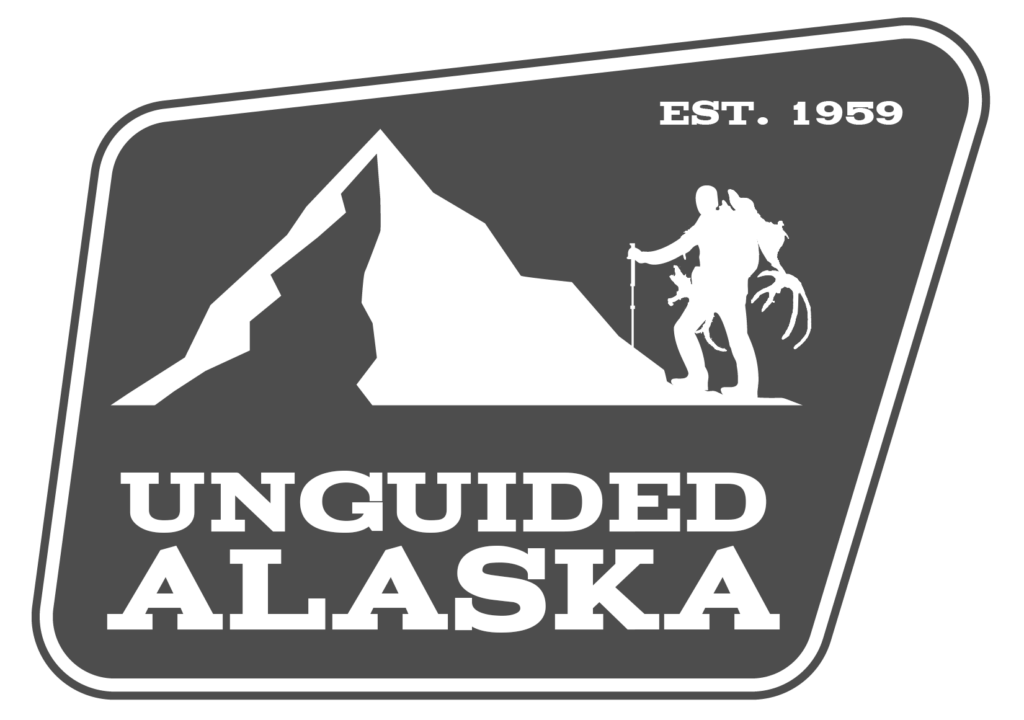Unguided Caribou Hunting is some of the most sought after hunts in Alaska. There are important considerations on these hunts due to the weather and terrain that hunters should expect to encounter. These hunts are conducted mostly by spot-and-stalk tactics. The hunts are fly-in “Spike Camp/Base Camp” style, where you should will return back to camp every day. Either from stalking animals or primary glassing points in the immediate area.
- Depending on animal locations hunters could end up climbing up the side of rocky mountains or the more likely scenario of hiking across uneven and soft ground Tundra.
- There are often water features that require crossing and certain items on this gear list are necessary. Don’t forget raingear, and you may want to bring some waders or some other setup for stream/river crossings that you will likely encounter.
- Hunters should expect temperatures in the 30-60’s F in the early season, and potentially in the 20-40’s F in the later season with the occasional cold fronts and temps potentially as low as 0-20’s F on rare occasions.
- Hunters should ALWAYS expect wind and rain. It’s just the Alaskan norm.
SUGGESTED GEAR LIST FOR A CARIBOU DROP HUNT IN ALASKA
This equipment list is not intended to endorse any one specific brand, however this list is what we’ve found works best from our experience and many years of hunting all over Alaska!
CLOTHING
First and foremost, the durability, performance and fit of the clothing should take precedence over the color or pattern. Camouflage is not critical on these hunts. Absolutely no cotton layers are recommended! Synthetic and Merino type layers only. Not only will these dry faster but they have better antimicrobial properties to them as well.
Baselayer, top/bottom synthetic or merino
Midlayer, top fleece
Underwear, synthetic or merino
Pant, synthetic hiking
Puffy top, synthetic or down
Puffy bottom, synthetic or down
Rain Gear, top/bottom (heavy duty preferred)
Ballcap
Beanie
Gloves
Neck gaiter/balaclava (optional)
FOOTWEAR
This is an extremely important component on any hunt. You’ll want a 8-10 inch fully waterproof leather hiking boots of your preference. Use what fits you best.
Waders and Wading Boots are also recommended. Depending on where you camp and hunt, you may encounter water crossings daily. We recommend the Simms G3 Guide Pant and G3 Boot Combo, or a Chota Tundra Hippie and Orvis Pro Boot Combo. These are the best combination for fit, quality and quietness.
Boots (waterproof, leather hiking boots)
Socks
Waders and wading boots (waist or hip height recommended with stockingfoot style booty & lace up wading boot)
Gaters
SLEEP SYSTEM
We recommend synthetic bags. Down will work fine as well, however in the wet environments that you may be hunting in, it could start to clump or collapse over a long period. It will not dry once wet on these hunts so we just prefer a synthetic bag and minimum 0 degrees F rating. Also we recommend you bring a sleeping pad, lightweight inflatable pillow and a beanie to sleep in.
*Sleep systems ARE NOT INCLUDED in our Camp Gear Rental Package.
Sleeping bag
Air Pad
Pillow
Fleece beanie
PACK
Your pack is a very important piece of equipment. These caribou hunts are Spike Camp style hunts with a stationary camp that you will depart and return to every day. You must have a good pack large enough to allow you to pack your animal back to camp.
Pack (3,200 cubic inch minimum, up to 7,200 cubic inch)
Backpack Accessories (weapon sling, holster, pockets, lids, etc.)
OPTICS
“Let the glass do the walking for you.” Our areas are vast, and having a quality set of bino’s, one spotting scope per group with a tripod will be valuable once in the field. Having just one or two spotters and tripods for the entire group would be wise for weight reasons also.
Bino with Harness
Rangefinder
Spotter with Tripod (optional)
WEAPON
For caribou, a 6.5mm caliber or larger is adequate, however a 7mm or 30 cal is preferred due to the high winds you may encounter in these areas. Remember that a hunter’s most important job is to make an ethical killing shot! Using a weapon that you are more proficient with is far more important than trying to shoot one that you are afraid of or not proficient with. Average shot distances will be 200-400 yards.
Every year we have a number of archery hunters. The areas we hunt are open, but they’re conducive to bowhunting if you’re patient, persistent and take your time. Practice for long shots.
Rifle or Bow
Soft Case (for bushflight)
Ammo / Arrows
Sidearm (optional)
ELECTRONICS
Satellite communication is mandatory on these hunts. Your options are to rent or buy a Sat phone, bring an Inreach Satellite Messenger, or a Zoleo. Our ability to communicate with you in the field, and you with us is vital! Also remember that pictures last forever. Many of today’s newer phones have great cameras, but if your phone’s camera is sub-par, we highly recommend that you bring a camera.
Smart Phone & Case
Inreach (or form of satellite communications device)
Headlamp(s)
External Charger(s) *Consider bringing a solar charger.
Extra Batteries
Charging Cords
GAME CARE
Hunters will be 100% responsible for game care of harvested animals. There are strict meat salvage laws in Alaska, and having the right equipment is critical!
Game Bags
Knife / Blades / Sharpener
Gloves
Contractor Bags
550 Cord
Bone Saw *Salvage of ribs is required depending on the area you are hunting.
FOOD AND WATER
If you choose the Camp Gear Rental Package option, you WILL need to bring your own food. When planning on your food, remember that weight is the primary issue so bring freeze dried meals. ALL HUNTERS will also need to bring their own form of water purification, and if you have one, bring your own long titanium spork/spoon for eating freeze-dried meals!
*We do have FREEZE DRIED MEAL PACKAGES FOR SALE if you don’t want to haul yours from home. Let us know ahead of time if you’re interested in a freeze dried meal package.
Personal Snacks or Drink Mixes
Water Purification System
Water Storage (Nalgene bottle or similar)
Long Spoon for freeze dried meals
MISC.
We suggest bringing three forms of payment when traveling to remote areas (Cash, Check, Card). Bring any personal toiletries that you need, to include any vitamins, medications, etc. Hunters will need to make sure to bring their Licence, Tag(s), and Harvest Reports into the field with them.
Paperwork, Licence/Tags/Permits
Cash/Credit Card/Checkbook
At least one roll of Duct Tape
Toiletries
Luggage/Hard Case (for commercial travel)
Extra Dry Bags
Extra Contractor Bags
Extra Gloves (for game cleaning)
Weapon Maintenance Kit
A good book to read for rainy days!



